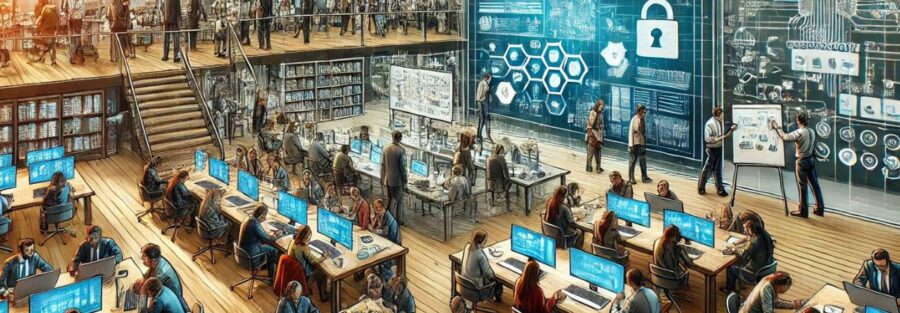Strategic Mindset Scenarios
Developing a strategic mindset is essential for leaders and teams. A strategic mindset enables individuals to anticipate challenges, recognize opportunities, and make decisions that align with long-term goals. However, cultivating this mindset requires more than just theoretical knowledge; it involves practical exercises and real-world scenarios that challenge participants to think critically and creatively.
Interactive scenarios can be particularly effective in fostering strategic thinking. These scenarios simulate real-world situations, allowing participants to practice decision-making and problem-solving in a controlled environment. By engaging in these exercises, individuals can develop the skills and confidence needed to navigate complex challenges and drive organizational success.
Scenario One: Navigating Market Disruption
In this scenario, participants are placed in the role of a leadership team at a company facing significant market disruption. A new competitor has entered the market with a groundbreaking product, threatening to erode the company’s market share. The team must develop a strategic response to this challenge, considering factors such as competitive analysis, innovation, and customer retention.
Participants will need to assess the competitive landscape, identify the company’s strengths and weaknesses, and explore potential strategies for differentiation. This exercise encourages creative thinking and highlights the importance of agility and adaptability in strategic planning.
Scenario Two: Expanding into New Markets
In this scenario, the leadership team is tasked with developing a strategy for expanding into a new geographic market. The team must consider various factors, including market research, cultural differences, regulatory requirements, and local competition. Participants will need to conduct a thorough analysis of the target market and develop a comprehensive entry strategy.
This exercise emphasizes the importance of thorough research and planning in strategic decision-making. It also highlights the need for a nuanced understanding of different markets and the ability to tailor strategies to specific contexts.
Scenario Three: Managing a Crisis
In this scenario, the company is facing a major crisis that threatens its reputation and operations. The leadership team must develop a crisis management plan that addresses the immediate challenges while also considering long-term implications. Participants will need to identify key stakeholders, develop communication strategies, and implement measures to mitigate the impact of the crisis.
This exercise underscores the importance of proactive planning and effective communication in crisis management. It also highlights the need for a strategic approach that balances short-term responses with long-term considerations.
Scenario Four: Driving Organizational Change
In this scenario, the leadership team is tasked with implementing a significant organizational change, such as a restructuring or a cultural transformation. The team must develop a strategy for managing the change process, including stakeholder engagement, communication, and performance metrics. Participants will need to anticipate potential resistance and develop strategies for overcoming it.
This exercise emphasizes the importance of strategic leadership in driving organizational change. It also highlights the need for effective communication and stakeholder management in ensuring the success of change initiatives.
Scenario Five: Innovating for the Future
In this scenario, the company is seeking to develop a new product or service to stay ahead of the competition. The leadership team must develop a strategy for innovation, including idea generation, research and development, and go-to-market planning. Participants will need to identify opportunities for innovation and develop a roadmap for bringing the new product or service to market.
This exercise encourages creative thinking and highlights the importance of innovation in strategic planning. It also underscores the need for a structured approach to managing the innovation process, from ideation to implementation.
Implementing Strategic Mindset Exercises
To maximize the effectiveness of these scenarios, it is important to create a supportive and collaborative environment. Encourage open dialogue and diverse perspectives, allowing participants to explore different approaches and solutions. Facilitators should guide the discussions, providing feedback and insights to help participants refine their thinking and decision-making skills.
Regular practice and reflection are also key to developing a strategic mindset. Incorporate these scenarios into ongoing training and development programs, allowing individuals to continually build and refine their strategic thinking abilities. Encourage participants to reflect on their experiences and identify key learnings that can be applied to real-world situations.
The Benefits of a Strategic Mindset
Developing a strategic mindset offers numerous benefits for individuals and organizations. It enables leaders to anticipate and respond to challenges more effectively, driving better decision-making and long-term success. It also fosters a culture of innovation and continuous improvement, encouraging teams to think creatively and pursue new opportunities.
By engaging in interactive scenarios and practical exercises, individuals can develop the skills and confidence needed to navigate complex challenges and drive organizational success. A strategic mindset is not just about thinking ahead; it is about thinking differently, embracing change, and leading with vision and purpose.



